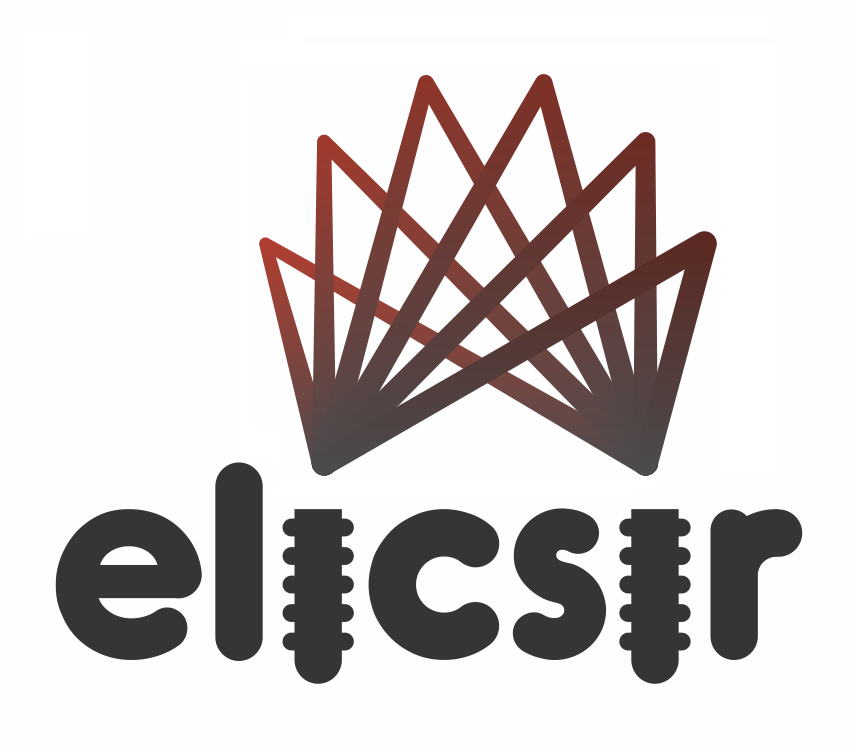LIST OF PLENARY SPEAKERS
 Bernd Kaina (H-index: 79, citations: 20679), “Radiation sensitivity, DNA repair and death regulation of immunocompetent cells”
Bernd Kaina (H-index: 79, citations: 20679), “Radiation sensitivity, DNA repair and death regulation of immunocompetent cells”
Professor Dr. Bernd Kaina completed his degree in biology at the Martin Luther University of Halle-Wittenberg, where he also completed his PhD thesis on the effects of the neurotropic carcinogen N-methyl-N-nitrosourea on human cells. From 1975 to 1984, he was a project leader at the Central Institute for Genetics and Crop Plant Research in Gatersleben and focused on the genotoxic effect of alkylating agents and adaptive response in various experimental systems. From 1984 to 1985, he was a scholarship holder of the European Community at the Institute of Molecular Biology in Leiden, Netherlands, and afterwards, from 1985 to 1987, he was a guest researcher at the German Cancer Research Centre in Heidelberg, Germany. As a Heisenberg Fellow of the German Research Foundation (DFG), he moved to the Institute of Genetics and Toxicology at the Nuclear Research Centre in Karlsruhe. From there, he was appointed as full professor and Head of Division of Applied Toxicology at the Institute of Toxicology of the Johannes Gutenberg-University in Mainz, Germany. Since 2004, he is the director of the Institute of Toxicology at the University Medical Centre of the Johannes Gutenberg-University in Mainz. Prof. Kaina made significant contributions to our understanding of the effects of alkylating carcinogens and chemotherapeutic agents. He identified the repair enzyme O-6-methylguanine-DNA methyltransferase (MGMT) as a protection mechanism against the killing, clastogenic, recombinogenic and carcinogenic effects of alkylating carcinogens. In a translational research program, his group studied the importance of DNA repair in drug resistance of glioblastomas, malignant melanomas and other tumour types. He also contributed to a deeper insight of the mutagenic and cytotoxic effect of UV light, ionizing radiation and chemical genotoxins, assessed the regulation of repair genes and showed that specific DNA repair functions can be induced following genotoxic stress, thus contributing to the cells’ adaptation to these detrimental exposure. He demonstrated a repair defect in immunocompetent cells (monocytes) and assessed the regulation of repair genes by cytokines. He is also engaged in studies on the genotoxic effects of TCM drugs such as artesunate. He contributed to more than 300 publications in internationally respected journals and books.
 Thomas L. Mindt (H-index: 28, citations: 3012), “Radiometal-Based Radiopharmaceuticals for Theranostic Approaches in Nuclear Medicine”
Thomas L. Mindt (H-index: 28, citations: 3012), “Radiometal-Based Radiopharmaceuticals for Theranostic Approaches in Nuclear Medicine”
Prof. Dr. Thomas L. Mindt is the Head of the program line Imaging Biomarkers at the Ludwig Boltzmann Institute Applied Diagnostics. He completed a double major in Organic Chemistry and Biotechnology at the University of Applied Sciences ZHW Winterthur (Switzerland) and obtained a PhD in Organic Chemistry from Brown University (USA). Upon his return to Europe, he worked as a senior assistant in Radiopharmaceutical Sciences at the ETH in Zurich (Switzerland). In 2009, he accepted a call of the University of Basel (Switzerland) as an Assistant Professor in Radiopharmaceutical Chemistry and in 2015 he was promoted to Honorary Professor. In 2016, he moved to Vienna as a co-founder of the new Ludwig Boltzmann Institute Applied Diagnostics. Thomas L. Mindt’s research focuses on the interface of medicine and chemistry, in particular on the development of novel diagnostic (imaging) probes and therapeutics for applications in nuclear oncology. He is interested in utilizing metallic radionuclides in a theranostic approach, e.g. by developing novel methodologies for the radiolabelling of biologically active molecules to explore their potential in clinical applications. He is engaged internationally in the field of radiopharmaceutical sciences as a member of the Radiopharmacy and Scientific Program Committees of the European Association of Nuclear Medicine (EANM), board member of the European Society of Radiopharmacy and Radiopharmaceuticals, editorial board member of the journals. Nuclear Medicine and Biology (Elsevier) and Molecules (MDPI), and reviewer for different societies, funding agencies, and peer reviewed scientific journals. Thomas L. Mindt has authored and co-authored numerous publications, book chapters and patents.
 Ana Pejović-Milić (H-index: 21, citations: 947), “Role of Total Reflection X-ray Spectrometry in Nanomedicine”
Ana Pejović-Milić (H-index: 21, citations: 947), “Role of Total Reflection X-ray Spectrometry in Nanomedicine”
Prof. Dr. Ana Pejović-Milić, is Chair and Professor at Department of Physics, Faculty of Engineering, Architecture and Science, Ryerson University, Toronto, Canada. Dr. Pejović-Milić is among an elite group of researchers who are conducting studies in the new and growing field of medical and health physics, in the North American center of BioMedical research in Toronto, Canada. These disciplines rest on the application and use of physics in medicine, and Dr. Pejović-Milić work has practical implications for understanding diseases such as bone degeneration and eye health, as well as nanoparticle enhanced cancer therapies. Dr. Pejović-Milić’ s research group is currently developing in vivo X-ray fluorescence (XRF) based diagnostic techniques that will be used to assess the health consequences of strontium, lanthanum, tungsten and gadolinium, to mention some, accumulated in human bone. Her research team is actively developing a Total Reflection X-ray fluorescence (TXRF) based approach to quantification of nanoparticles, such as gold and silver nano-particles, to aid future cancer therapies. Novel work on using TXRF to quantify trace elements is human tissues, such as in the nasolacrimal duct tissue, to evaluate eye health are also part of her research interests. Dr. Pejović-Milić is a Chair (Head) of the Department of Physics at Ryerson University (Toronto, Canada) since 2010. Along with her administrative duties, she a prolific researcher, with over 65 peer review publications and 200 conference presentations. Her research team includes postdoctoral fellows, graduate and undergraduate students, all working on the use of techniques based in atomic and nuclear physics for non-destructive (in vivo) and destructive (ex vivo) elemental analysis of human tissues.



